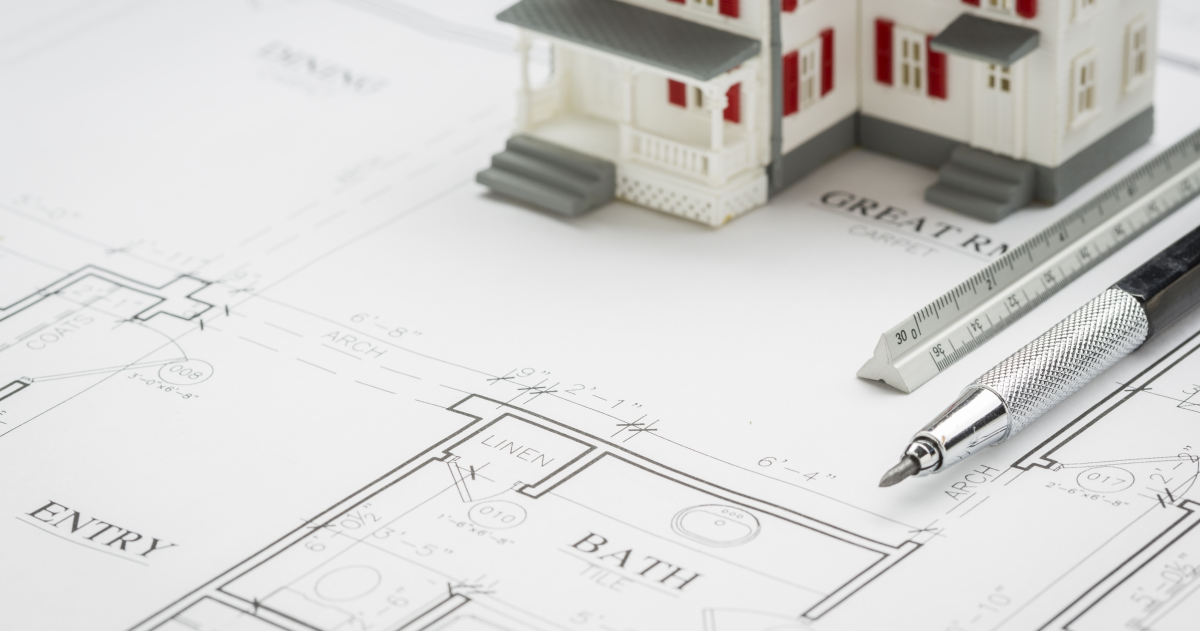Building a custom home gives you the chance to create a space tailored exactly to your needs and preferences. It’s an exciting opportunity, but it also requires careful planning and decision-making. Without a solid strategy, the process can become overwhelming or lead to costly mistakes. To help guide you through, here are five essential tips to consider when building a custom home. 5 tips to consider when building a custom home. Construction experts share best practices for better results here. Work with experts.
Set a Realistic Budget and Stick to It
One of the most important steps when building a custom home is setting a realistic budget. Without a well-defined financial plan, costs can quickly escalate. You need to factor in more than just construction costs. There are also expenses like land acquisition, design fees, permits, utilities, and landscaping. Additionally, set aside a contingency fund, typically 10-15% of your total budget, for unexpected expenses.
It’s crucial to work closely with your builder and architect to get a detailed cost estimate. This will help you avoid surprises during the project. A well-planned budget ensures that your dream home stays within your financial limits. Moreover, sticking to your budget from the start keeps the project moving smoothly.
Choose the Right Builder and Architect
Selecting the right professionals is key to successfully building your custom home. Your builder and architect will be your partners throughout the entire project. It’s important to choose a team that understands your vision and communicates well. You’ll want a builder and architect who have experience in custom homes and can deliver quality results.
Start by researching local builders and architects with a proven track record. Look for reviews, ask for references, and review their portfolios. Visiting homes they’ve completed will give you a sense of their craftsmanship and attention to detail. Furthermore, clear communication is essential. A builder who is transparent about costs, timelines, and potential challenges will help avoid misunderstandings.
By carefully selecting your team, you’ll set a strong foundation for a successful custom home build. Choosing professionals who listen and collaborate well is critical for achieving your dream home.
Plan for the Future
While designing your custom home, it’s important to think about the future. Your current lifestyle might change in the coming years. By considering future needs now, you can avoid costly renovations or adjustments later. For example, if you plan to start or grow a family, you may want extra bedrooms or flexible spaces. If you’re thinking about aging in place, you could design for accessibility with wider doorways or a main-level master suite.
Additionally, think about how technological advancements or energy-efficient upgrades will impact your home over time. Incorporating smart home technology or energy-efficient materials from the start will make your home more adaptable. Plus, it can reduce future costs and enhance comfort.
Planning for future needs ensures your home will remain functional and valuable for years to come. It’s all about designing a space that can grow with you.
Don’t Skimp on Quality Materials
Using high-quality materials may increase upfront costs, but it will save you money in the long run. When building a custom home, it’s tempting to cut costs by choosing cheaper options. However, this can lead to repairs or replacements down the road. Investing in quality materials ensures durability, longevity, and enhanced aesthetic appeal.
Focus on selecting quality materials in areas that experience heavy use, such as flooring, roofing, and windows. These are key elements that need to last. In addition, consider energy-efficient materials like insulated windows or upgraded insulation. These can reduce your utility bills over time.
Choosing quality over short-term savings is always the better option. A home built with premium materials will not only look better but also last longer.
Prioritize Functionality Over Trends
Trendy design elements can be appealing, but it’s important to focus on long-term functionality when building a custom home. Design trends come and go, but a well-thought-out, functional home will remain practical for years to come. Think about how each space will be used and prioritize comfort, convenience, and flow in your layout.
Open floor plans, ample storage, and multi-purpose spaces are examples of features that stand the test of time. While it’s fun to incorporate some trendy touches, consider using them in easily changeable areas like paint, fixtures, or décor. This way, your home remains flexible as styles evolve.
Designing for functionality ensures your home is not only stylish but also practical and comfortable. It’s about creating a space that works for your everyday life.
Conclusion
Building a custom home is a rewarding experience, but it requires careful planning and decision-making. By setting a realistic budget, selecting the right team, and planning for future needs, you’ll ensure a smooth project. Additionally, choosing quality materials and prioritizing functionality over trends will give you a home that lasts. With these tips, you can confidently create a custom home that reflects your vision while meeting your practical needs. 5 tips to consider when building a custom home. Construction experts share best practices for better results here. Work with experts.


